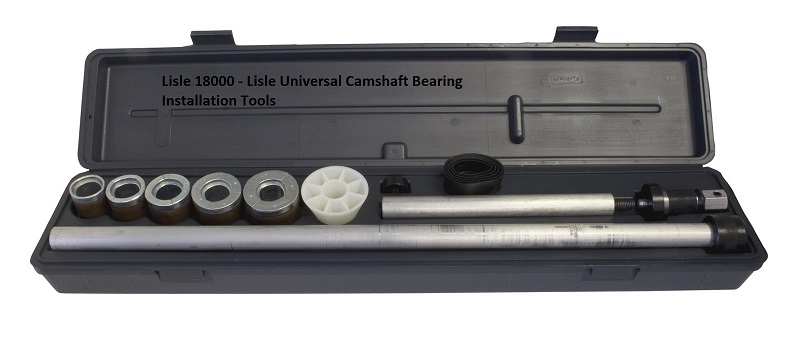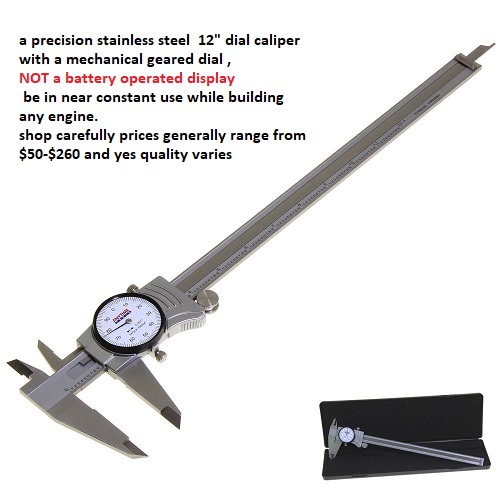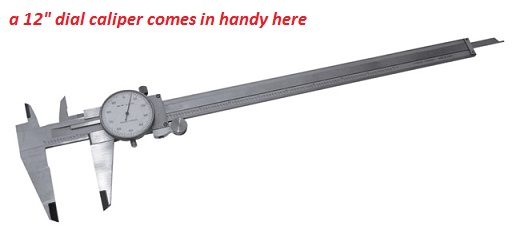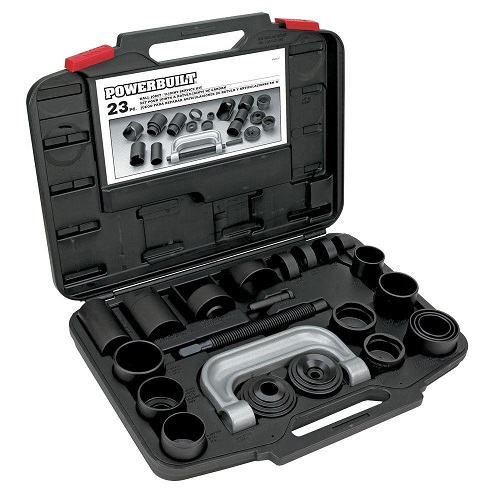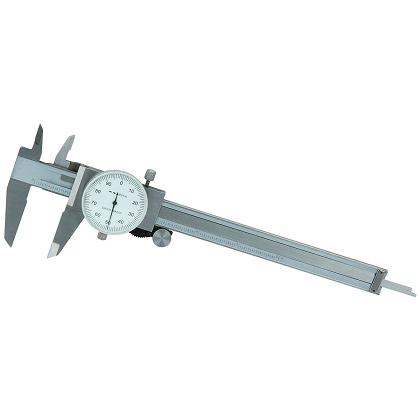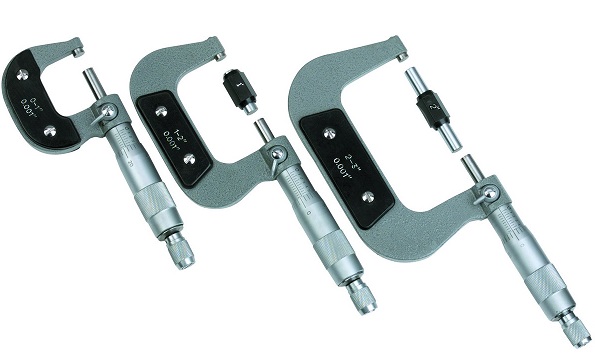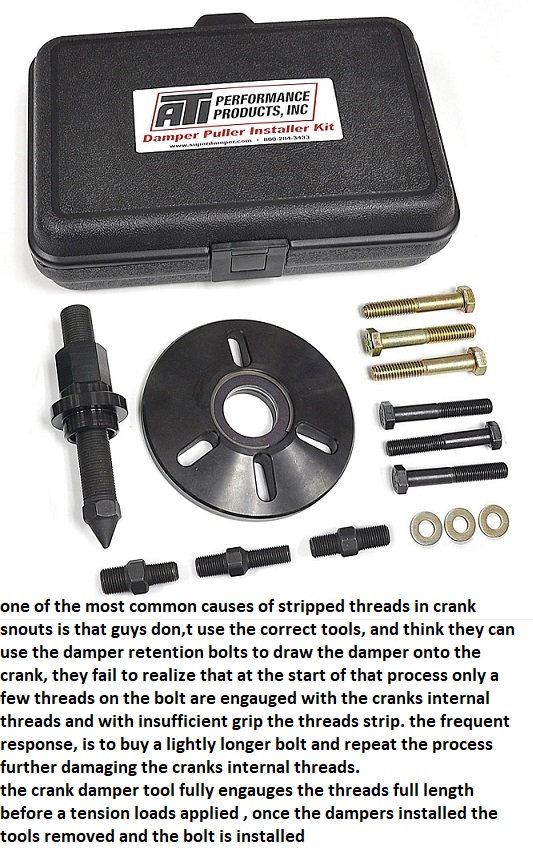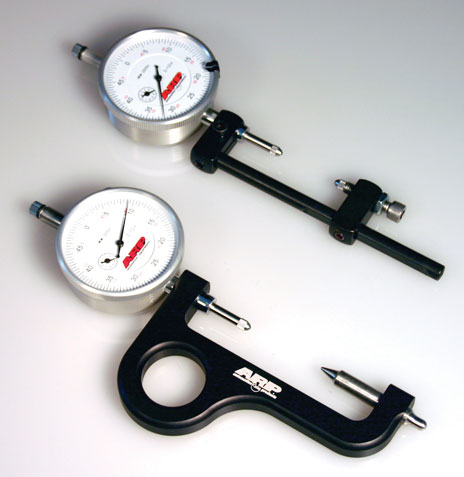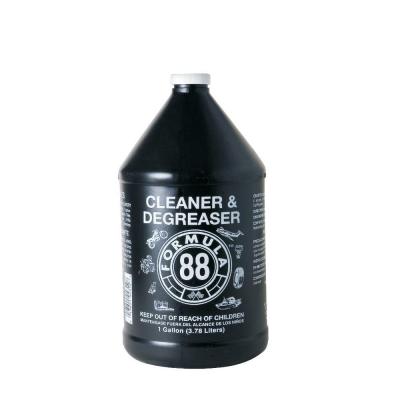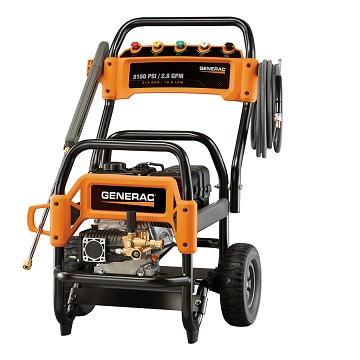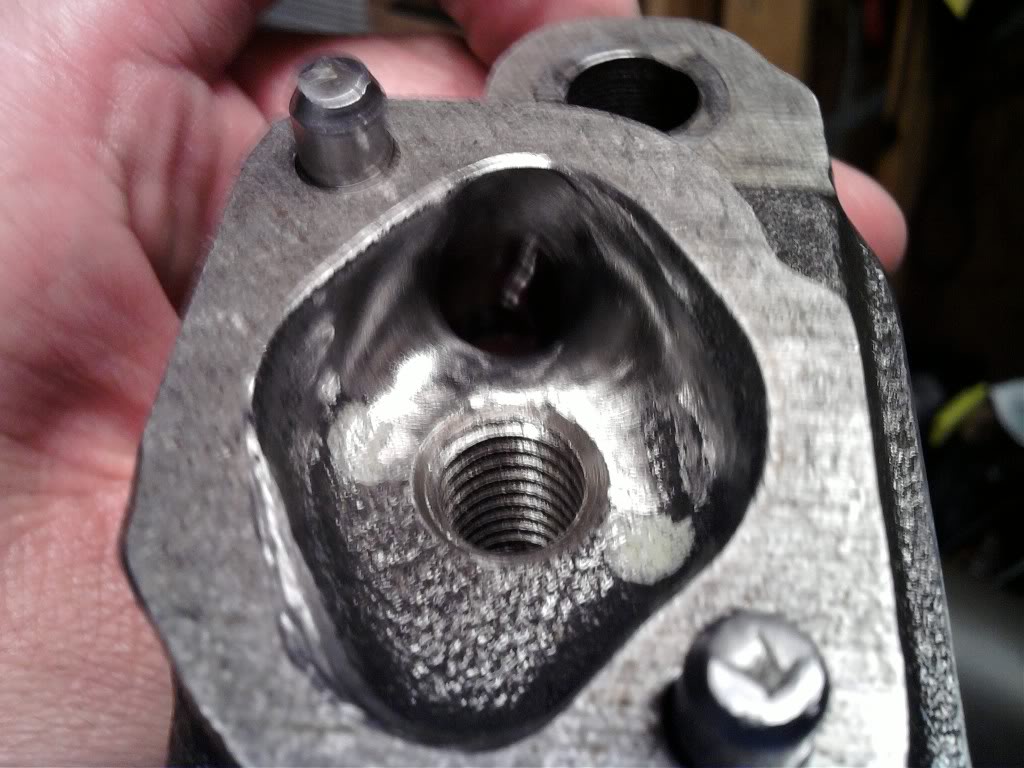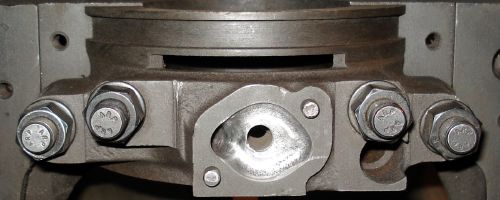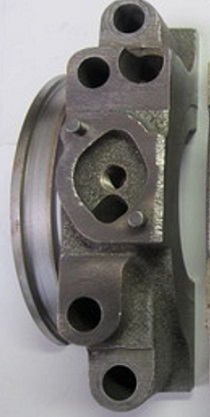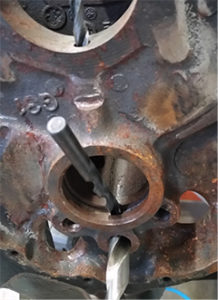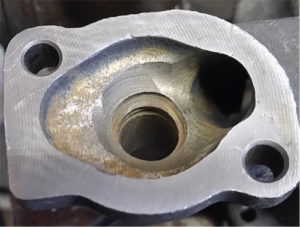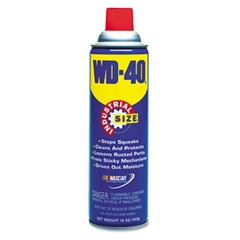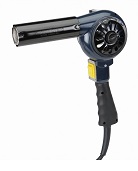Hi All,
I am starting a new engine rebuild thread here.
I am anticipating acquiring a C3 vette and would eventually like to drop in a 383 of my own build. I suspect that after the TT, less than 300 ponies just won't do it for me.
I want to build something, with the forum's support, that has a very smooth OEM-like idle with a TBI and produce as much North of 400 ponies as possible without compromising the smooth idle. The reason being: my wife will be a frequent driver. We all know what that means.
This will be a step-by-step, long-term build from cleaning up the block, to machining and finally dropping in the project car and dyno testing. (I have no idea how to tune those self learning TBIs). It will be very meticulous and detailed and will include thing like beburring the block and opening up the oil passages...
It will also be done over many month as $$$ comes available. I expect it may take up to 2.5 years; building an engine with quality parts isn't cheap. There will be no skimping on heads or roller cam... but if a cast steel crank works, why not? My point is... I don't mind taking the time to save my nickels and dimes for the next step... but only if the expense is worth it.
Below is the block - I picked it up in 2001. It is a 4-bolt that I have held on to for no particular reason other than thinking that one day I might rebuild it The day has come... if it checks out! I do remember when I pulled it apart that the piston skirts had little wear and that it was very even. On the other hand, I did find nylon cam sprocket teeth in the oil pan.
The day has come... if it checks out! I do remember when I pulled it apart that the piston skirts had little wear and that it was very even. On the other hand, I did find nylon cam sprocket teeth in the oil pan.
So, before I do anything, I presume I'll bring it to the machine shop to have it cleaned up and checked, yes?
I suspect many of the tests that are common in the USA are available here.
Anything I can do now to the block before I bring it in?

I am starting a new engine rebuild thread here.
I am anticipating acquiring a C3 vette and would eventually like to drop in a 383 of my own build. I suspect that after the TT, less than 300 ponies just won't do it for me.
I want to build something, with the forum's support, that has a very smooth OEM-like idle with a TBI and produce as much North of 400 ponies as possible without compromising the smooth idle. The reason being: my wife will be a frequent driver. We all know what that means.
This will be a step-by-step, long-term build from cleaning up the block, to machining and finally dropping in the project car and dyno testing. (I have no idea how to tune those self learning TBIs). It will be very meticulous and detailed and will include thing like beburring the block and opening up the oil passages...
It will also be done over many month as $$$ comes available. I expect it may take up to 2.5 years; building an engine with quality parts isn't cheap. There will be no skimping on heads or roller cam... but if a cast steel crank works, why not? My point is... I don't mind taking the time to save my nickels and dimes for the next step... but only if the expense is worth it.
Below is the block - I picked it up in 2001. It is a 4-bolt that I have held on to for no particular reason other than thinking that one day I might rebuild it
So, before I do anything, I presume I'll bring it to the machine shop to have it cleaned up and checked, yes?
I suspect many of the tests that are common in the USA are available here.
Anything I can do now to the block before I bring it in?

Last edited by a moderator:

